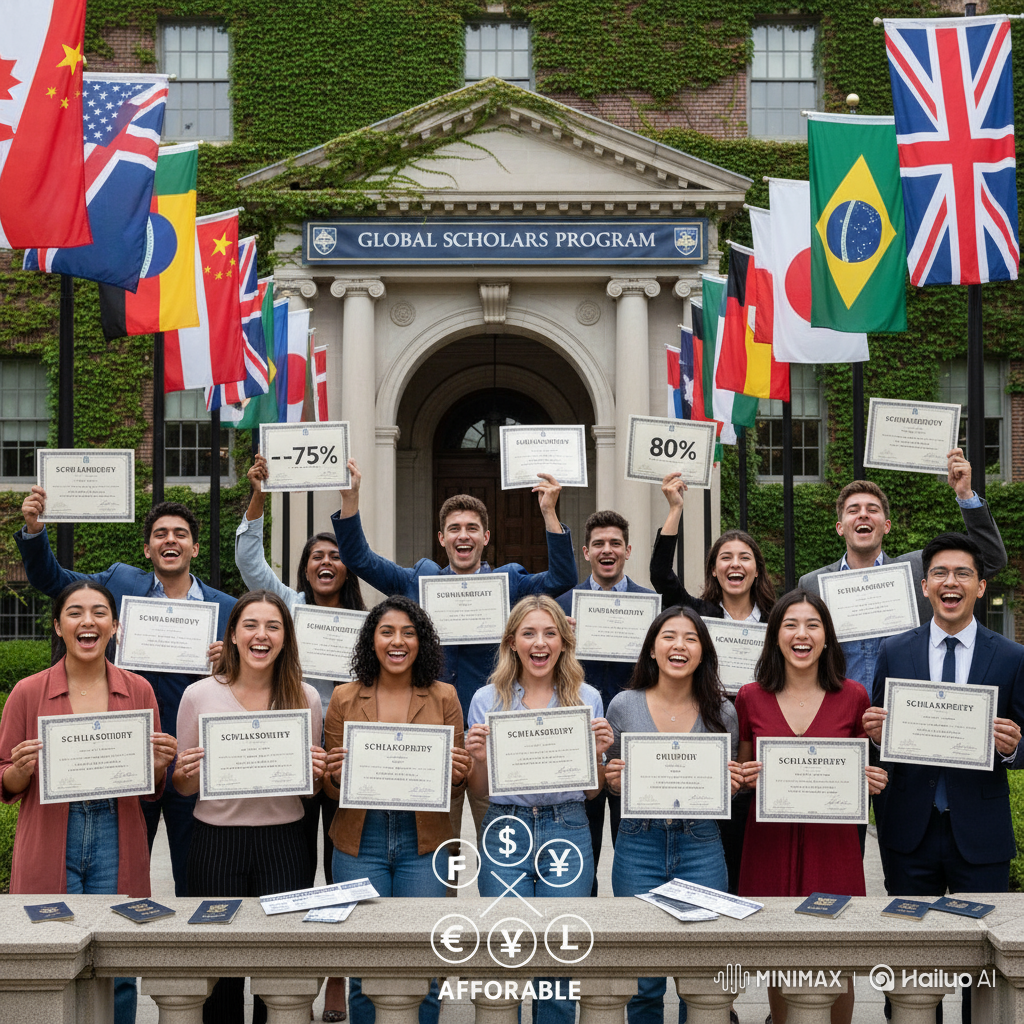Why the Scholarship Essay Matters
When it comes to applying for scholarships, your essay is often the deciding factor between two candidates with similar achievements. Grades and test scores show what you’ve done, but your essay shows who you are.
When I applied for my first scholarship, I underestimated how personal the essay needed to be. I wrote about my achievements, but not about the challenges or motivations behind them. Once I learned to tell my story authentically, my applications started standing out.
The best scholarship essays are not about perfection—they are about purpose. They demonstrate clarity, sincerity, and a sense of direction.
Understanding What Committees Look For
Scholarship committees receive thousands of applications. To stand out, you must understand what they truly seek:
- Authenticity: They want your genuine voice, not a rehearsed or generic one.
- Purpose: A clear connection between your goals and the scholarship’s mission.
- Impact: Evidence that you’ll use the opportunity to make a difference.
- Writing quality: Clarity, coherence, and emotion matter more than fancy vocabulary.
In one successful essay, I described how a single community project changed my perspective on education. That honesty resonated far more than listing awards or grades.
Step-by-Step Guide to Writing a Winning Scholarship Essay
Step 1: Read the Prompt Carefully
Every scholarship has a specific theme or question. Analyze it before you write. For example, “How will this scholarship help you achieve your goals?” requires more than listing financial needs—it asks for a vision.
I learned to highlight not only what I planned to study but why it mattered to me and how I intended to give back.
Step 2: Brainstorm Your Story
Think about moments that define your values or resilience: a challenge overcome, a personal mission, or a passion that drives you.
List three to five short stories you could use. Choose the one that connects best with the scholarship’s values.
Step 3: Create a Structure
A strong essay usually follows this outline:
- Introduction: Hook the reader with a personal moment or reflection.
- Body: Explain your journey—what you learned, how you grew.
- Conclusion: Show your goals and how the scholarship fits your future.
Avoid a chronological list of achievements. Instead, focus on the transformation that shaped your goals.
Step 4: Write With Emotion and Precision
Show, don’t tell. Instead of writing, “I am passionate about science,” describe how you stayed late in the lab to finish an experiment or how a mentor inspired your curiosity.
When I rewrote my essay to include a personal anecdote about tutoring younger students in math, it suddenly felt more alive and human.
Step 5: Edit and Proofread
Once you finish, leave the essay for 24 hours before reviewing it again.
Read it out loud to catch awkward phrasing. Ask a trusted friend or teacher for feedback, but keep your own voice intact.
Common Mistakes to Avoid
- Being too generic: Avoid clichés like “I want to make the world a better place.” Be specific about how and why.
- Ignoring the prompt: Every essay must respond directly to the question asked.
- Overusing complex language: Clarity beats sophistication.
- Neglecting grammar and structure: A clean, readable essay shows professionalism.
- Lack of passion: If you don’t sound interested, the committee won’t be either.
In one failed attempt, I wrote a technically perfect essay—but it lacked emotion. I realized that perfection without sincerity doesn’t connect.
Examples of Strong Openings
- “The first time I saw a solar panel light up a rural classroom, I knew I wanted to study sustainable energy.”
- “I never thought helping my younger brother with homework would inspire me to become a teacher.”
- “Every failure in my coding journey taught me something my textbooks couldn’t: patience and creativity.”
Each opening draws the reader in with action or emotion. That’s the power of storytelling.
How to Align Your Essay With the Scholarship’s Mission
Research the organization offering the scholarship. Read their mission statement, past winners’ essays (if available), and eligibility criteria.
If a foundation promotes community service, highlight your volunteer experience.
If it values innovation, describe your creative projects.
Alignment between your story and their values creates connection—and credibility.
Final Checklist Before Submission
- Does the essay answer the prompt completely?
- Is my story authentic and personal?
- Have I demonstrated growth and impact?
- Did I proofread for grammar and flow?
- Does the tone reflect confidence without exaggeration?
Before submitting my final essay, I read it aloud several times. If it sounded like me and reflected my journey honestly, I knew it was ready.
FAQs About Scholarship Essays
How long should a scholarship essay be?
Most range from 400 to 1,000 words. Always respect the specific word limit.
Can I reuse the same essay for multiple scholarships?
You can reuse parts, but always customize them to the prompt and organization.
What makes a scholarship essay unique?
Personal reflection, clear purpose, and an authentic voice that connects emotionally.
Do I need to mention financial hardship?
Only if it’s relevant to the scholarship’s purpose. Focus on your story and potential, not pity.
Conclusion
A winning scholarship essay doesn’t come from perfect grammar or an impressive list of achievements—it comes from authenticity, structure, and heart. When you write with purpose and clarity, you help the committee see not just what you’ve done, but who you are and what you aspire to become.
In my own journey, the essays that won weren’t the most polished at first—they were the ones that felt the most honest. Start early, stay true to yourself, and remember: your story is your strongest asset.

